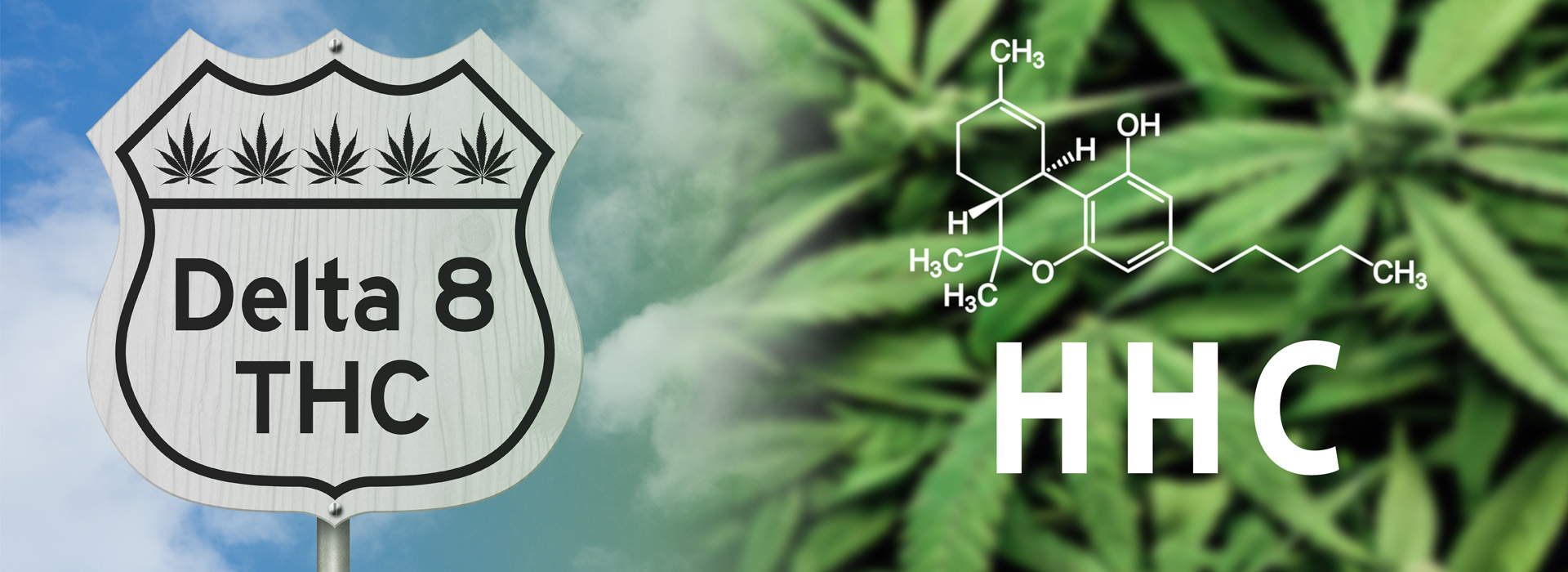This webinar originally occurred on June 15, 2023
Duration: 1 hour
Overview
THC isomers, also known as THC analogs or semi-synthetic cannabinoids, are a group of compounds structurally related to Δ9-tetrahydrocannabinol (Δ9-THC) that are often produced from hemp-derived cannabidiol (CBD). Their toxicity and impairing effects are similar to those of marijuana, making THC isomers a safety concern both on the road and in the workplace.
Compared to Δ9-THC, the THC isomers differ in the placement of the double bond and/or in the length of the sidechain. In addition, there are saturated isomers such as hexahydrocannabinol (HHC) and precursors such as THC-O. Many of the THC isomers also have multiple chiral centers, producing the possibility for enantiomers and diastereomers which may differ in both effect and chemical properties.
THC isomers differ from other novel psychoactive substances (NPS) in that they are perceived as legal both by users and vendors. This allows for their sale in both brick-and-mortar shops and online. They can also be sold in states with legal marijuana. Recent overproduction of CBD probably contributes to the popularity of THC isomers as well.
Compared to other NPS, THC isomers are more prevalent and can be expected to be more responsive to legislation and oversight. A recent study indicated that Δ8-THC use was around 27% of marijuana use, based on detection and ratios of cannabinoid metabolites in workplace drug testing. There are also several other THC isomers being marketed, such as HHC, THC-O, THC-B, THC-H, THCP and combinations such as HHC-B, HHC-O and HHC-P.
Many THC isomers share the same mass as Δ9-THC and have closely related structures and chemical properties. The isomers are difficult to distinguish from each other and Δ9-THC in LC-MS/MS and GC-MS analysis. In addition, CBD can convert into Δ9-THC during GC-MS sample preparation. Analysts must consider these challenges during method development and when new THC isomers arrive on the drug market.
This work was funded by Division of Workplace Programs, Center for Substance Abuse Prevention, Substance Abuse and Mental Health Services Administration through the National Laboratory Certification Program [contract numbers HHSS277201800001C & 75S20122C00002].
Detailed Learning Objectives
- Attendees will recognize different THC isomers and describe their prevalence.
- Attendees will be able to discuss the reasons why THC isomers are popular in terms of psychoactive effects and marketplace drivers.
- Attendees will be able to identify analytical and interpretative challenges associated with THC isomers.
Presenter
- Dr. Svante Vikingsson | Research Forensic Scientist, National Laboratory Certification Program (NLCP), RTI International
Funding for this Forensic Technology Center of Excellence webinar has been provided by the National Institute of Justice, Office of Justice Programs, U.S. Department of Justice.
The opinions, findings, and conclusions or recommendations expressed in this webinar are those of the presenter(s) and do not necessarily reflect those of the U.S. Department of Justice.
Contact us at ForensicCOE@rti.org with any questions and subscribe to our newsletter for notifications.




